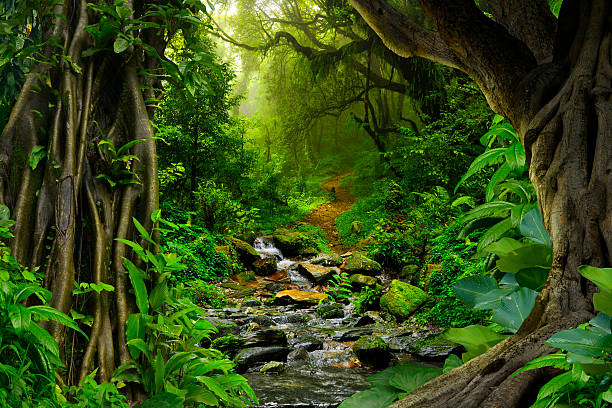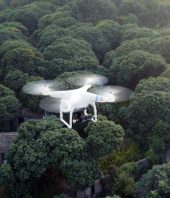If we want to avoid mass extinctions and preserve the ecosystems all plants and animals depend on, governments should protect a third of the oceans and land by 2030 and half by 2050, with a focus on areas of high biodiversity. So say leading biologists in an editorial in the journal Science this week.
It’s not just about saving wildlife, says Jonathan Baillie of the National Geographic Society, one of the authors. It’s also about saving ourselves.
“We are learning more and more that the large areas that remain are important for providing services for all life,” he says. “The forests, for example, are critical for absorbing and storing carbon.”
At present, just 3.6 per cent of the planet’s oceans and 14.7 per cent of the land is protected by law. At the 2010 Nagoya Conference of the Convention on Biological Diversity, governments agreed to protect 10 per cent of the oceans and 17 per cent of land.
Extinction crisis
But this isn’t nearly enough, says Baillie. He and his coauthor, Ya-Ping Zhang of the Chinese Academy of Sciences, want governments to set much bigger targets at the next major conference in 2020.
“We have to drastically increase our ambition if we want to avoid an extinction crisis and if we want to maintain the ecosystem services that we currently benefit from,” says Baillie. “The trends are in a positive direction, it’s just we have to move much faster.”
It’s very difficult to work out how much space is needed to preserve biodiversity and ecosystem benefits, the pair say, because there’s so much we don’t know about life on Earth – like how many species there are. However, most estimates suggest that between 25 and 75 per cent of regions or major ecosystems must be protected. And we should err on the side of caution when setting targets.
Could we feed a global population that may reach 10 billion people by 2050 if half the planet is set aside? We won’t be able to do so if we don’t, says Baillie. “That’s why we need an intact planet,” he says. “If we want to feed the world’s population, we have to be thinking about maintaining the ecological systems that allow us to provide that.”
Which areas should we protect?
“There is no doubt we need far more land and sea secured for conserving and retaining nature,” says James Watson at the University of Queensland in St Lucia, Australia. “Targets like 50 per cent are in the right ball park when it comes to the minimal amount of area needed to conserve biodiversity.”
But Watson and others stress that which areas get protected is even more important than the overall number.
“The key thing is to protect the right areas,” says Jose Montoya of the Station for Theoretical and Experimental Ecology in Moulis, France. “If we merely protect a proportion of the territory, governments will likely protect what’s easy, and that’s usually areas of low biodiversity and ecosystem service provision.”
“We have to do both,” responds Baillie. “I don’t think they are mutually exclusive.”
What’s more, a third of the 3.6 per cent of land that is already meant to be protected is actually being exploited, Watson’s team reported last month. So merely declaring areas to be protected is not enough.
“These protected areas must be well managed,” says David Lindenmayer of the Australian National University in Canberra. “The basis for conservation will need to change so that it becomes a key part of economies and livelihoods.”
Journal reference: Science, DOI: 10.1126/science.aau1397
Source: New Scientist, Full Article






